demolition of 19th century tugboat operator james l. higgie's three-story commercial block in full swing, part 2
This entry was posted on December 15 2017 by Eric
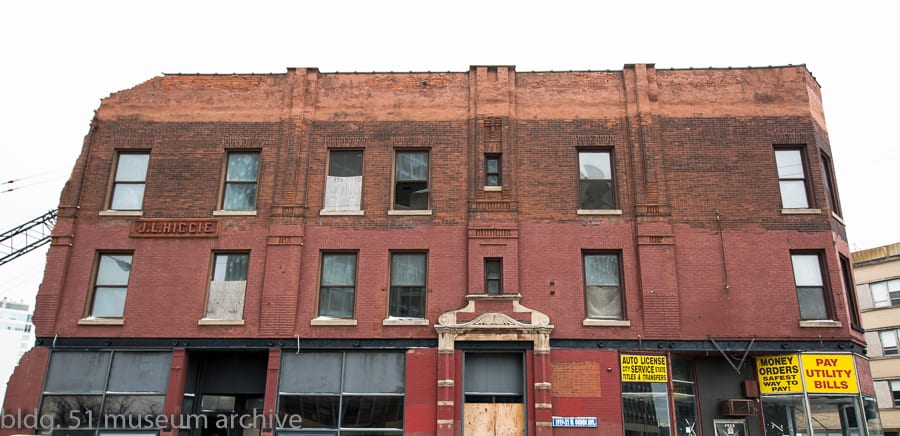
ogen avenue facade with terra cotta name plaque in place.
by Eric J. Nordstrom and Ornament Chicago:
As another exhausting week continues additional details of the family behind the curious wedge-shaped J. L. Higgie building continue to emerge. After some more research it was discovered that James Lyle Higgie sired nine children, of which five were sons. The building revealed its former address prior to the 1909 street renumber to be “346 Ogden”. Classified ads from around 1890 onward reveal the name “Higgie Bros” frequently in advertisements for boarding in this and other buildings nearby. The Higgie real estate portfolio appeared to be expanding.
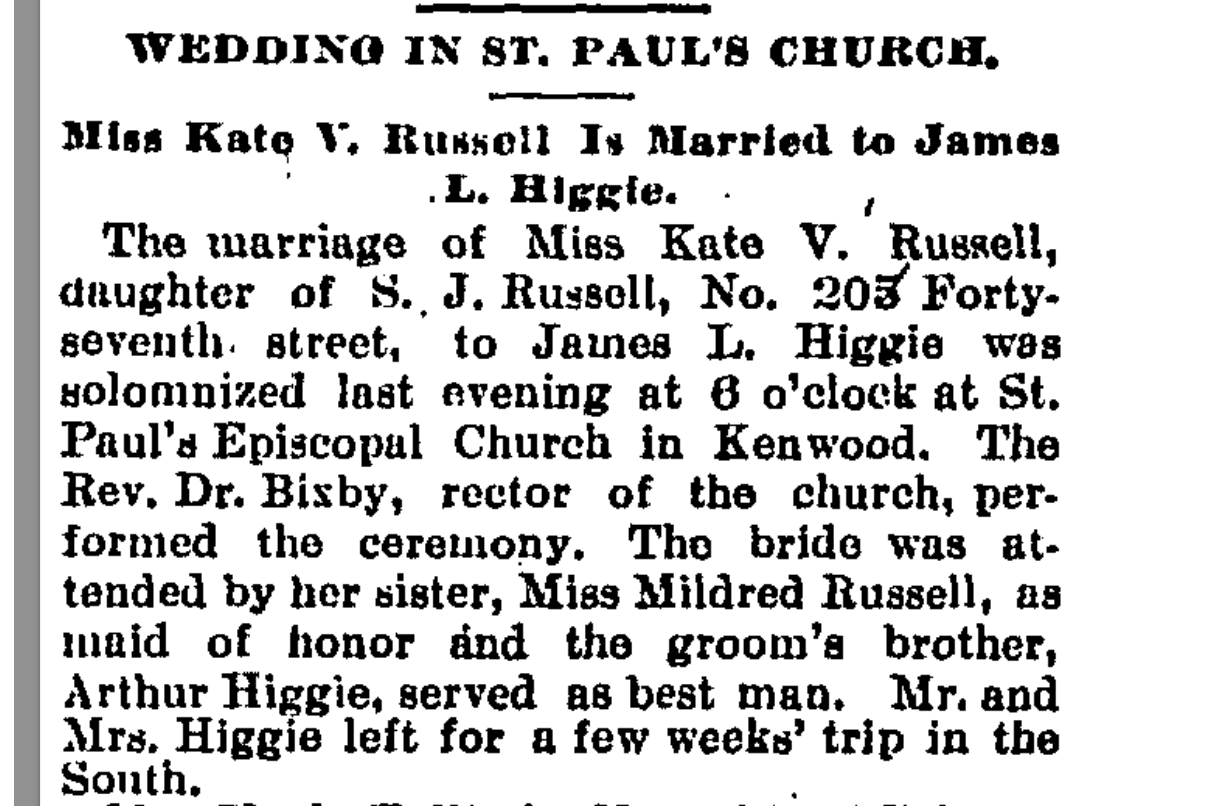
In a devilish cosmic connection to a previous salvage that changed the course of my career, I discovered that J.L. Higgie’s son James was married in 1896 to Kate V. Russell, the daughter of alderman Samuel I Russell, but more importantly the niece of John Kent Russell, whose home I salvaged in 2014. Around 1901 the classifieds mentioning “Higgie Bros” come to an abrupt end. But what happened during this period?
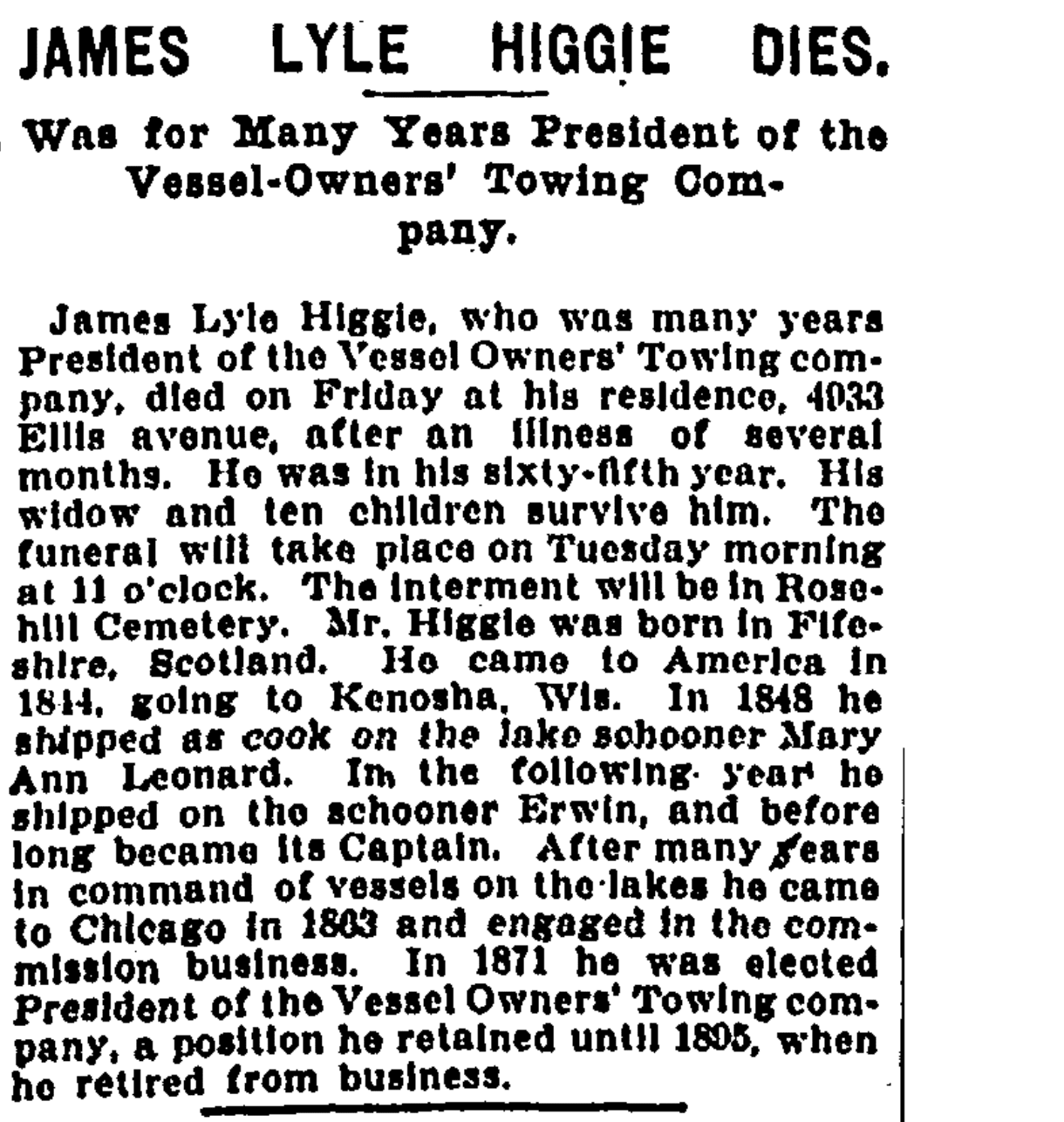
For one, James Lyle Higgie passed away, in 1900. In a swift blow to his offspring, he left his entire estate to his wife, which was challenged in court by his son Noble K. Higgie about a year later. Things had turned nasty as they often do when considerable money is involved, and Higgie’s estate was valued at the considerable sum of half a million dollars, which in today’s dollars would be about thirteen and a half million. In a dramatic reversal, a year later the estate grabbing Noble K. Higgie was severely burned in an explosion at Grand Crossing on the south side when an employee was carrying a box of toy pistol caps to a wagon when he dropped it. Three men were instantly killed and many others injured. Noble K. Higgie lived a scant twenty days following the explosion, but he was arrested for criminal carelessness in the handling and storing of explosives as he had assumed managerial responsibility of the factory - the previous day. A quick look on Google maps shows the scarred perimeter in a barren grass field where this building once existed before it was blown to pieces. Its unclear what happened to Mrs. Higgie’s estate, but there is some evidence that she at least received her husband’s pension following his death.
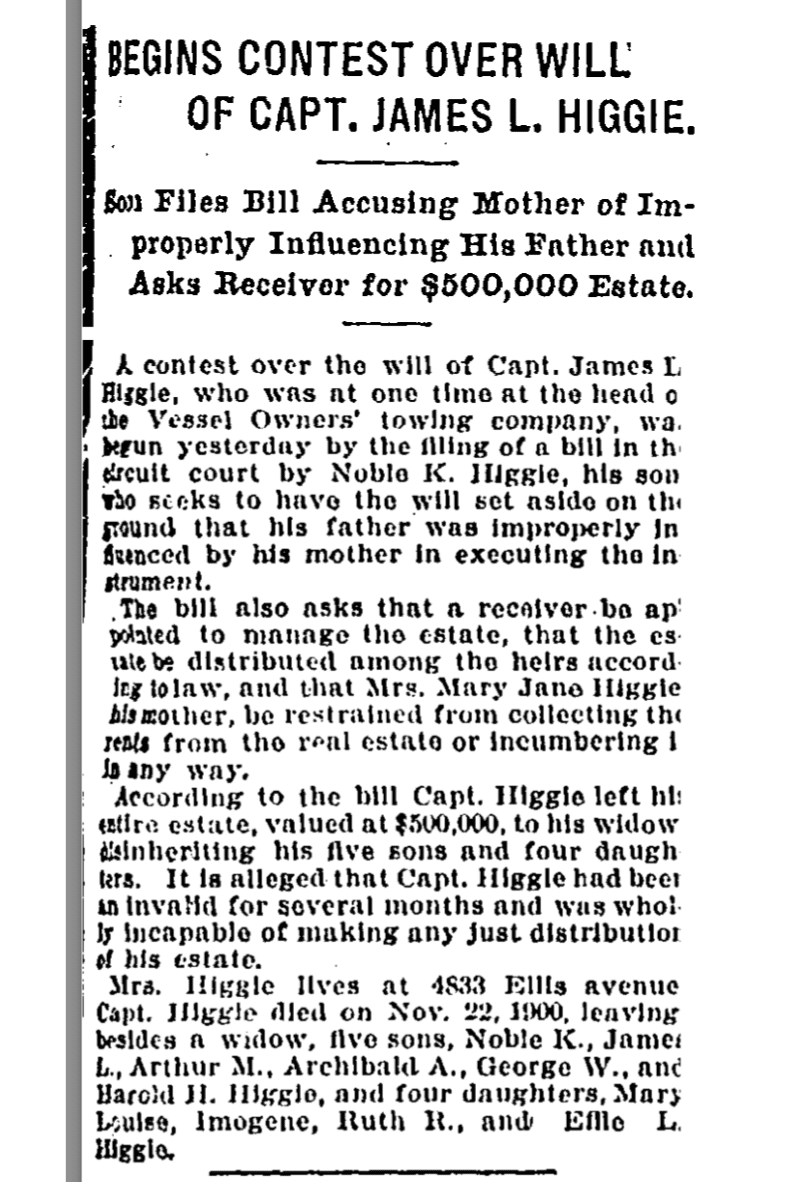
Continuing the saga of this family in 1906 we discover that James and Kate have been reduced to a rather acrimonious marriage and in May of this year, twelve years after their marriage, James files for divorce from Kate charging his wife with various discretions including the misuse of intoxicants. In another shocking reversal of fate, Kate has him arrested at the Office of the Clerk of the Circuit Court, and charges him with threats to kill her. Moral of the story? Don’t mess with the alderman’s daughter.
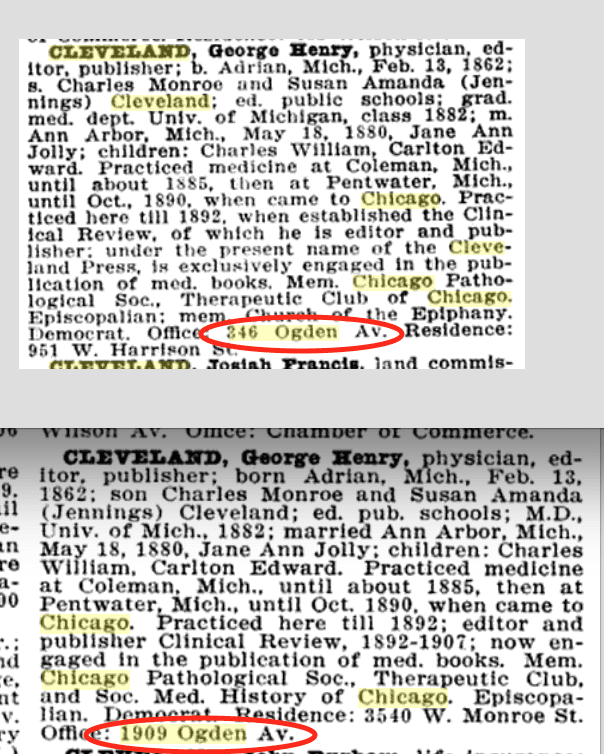
By 1903 a Dr. George Henry Cleveland had setup business in the building, and appears to have been a flagship tenant. He ran the "The Clinical Review" and the "The Cleveland Press”, which were both medical in nature, and he lived around the corner on 951 W. Harrison Street. There is no doubt he was an influential individual and was cited in many books of prominent citizens of the time and was on the committee for Doctors at the World’s Fair in 1893. He used the J. L. Higgie building as a business address until at least 1913 after which time circumstantial evidence indicates it became the Welsh Jane Nurses Uniforms in the 1920’s and then a doctor’s co-op thereafter.
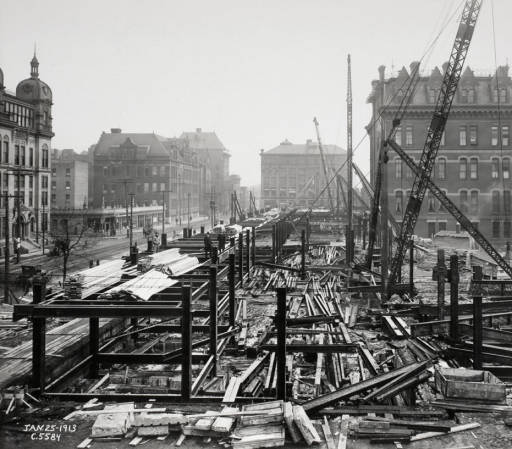
Its somewhat interesting that evidence could only be found of Dr. Cleveland at the address until 1913; this was the year Cook County Hospital began significant construction. In the black and white shot depicting this the J. L. Higgie building is sadly just out of view, however in the aerial photograph from later in 1926, its somewhat visible just across the street. Note the classic bell shaped roofs on the two bays on the Harrison side of the building and the vague outline of a cornice.
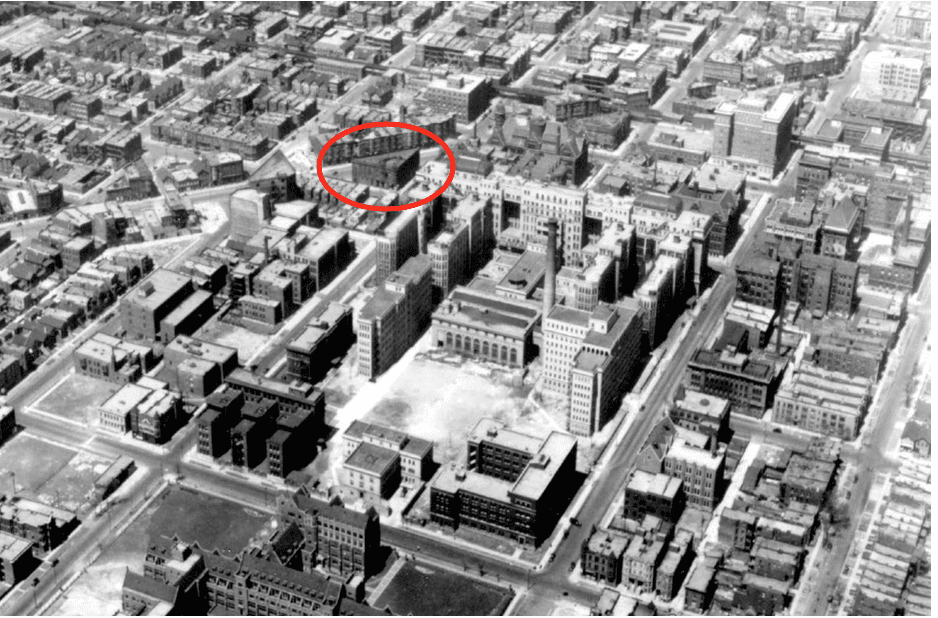
Thus far some cast iron rosettes have been salvaged. They were made by Union Foundry, and were designed by Edelmann – Sullivan’s mentor. They later became “stock,” but they are of remarkable design. The web or lotus motif is readily apparent.
Please continue to Part 3 on the J.L. Higgie building where we will continue to look at additionally salvaged materials in this three part series
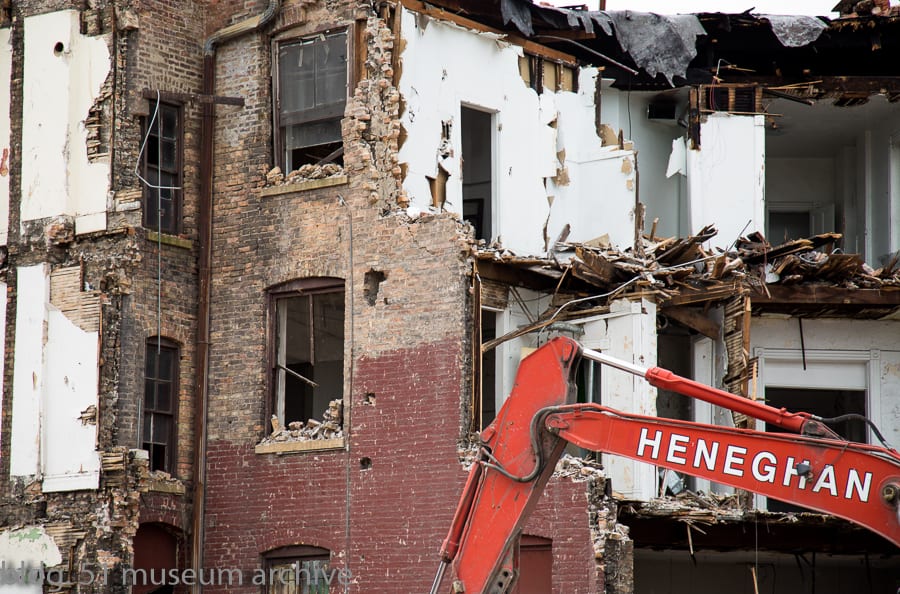
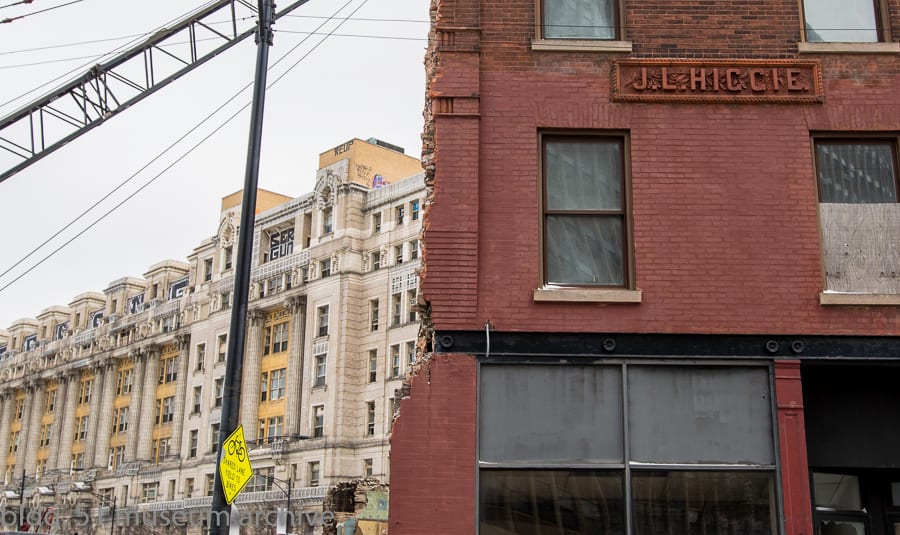
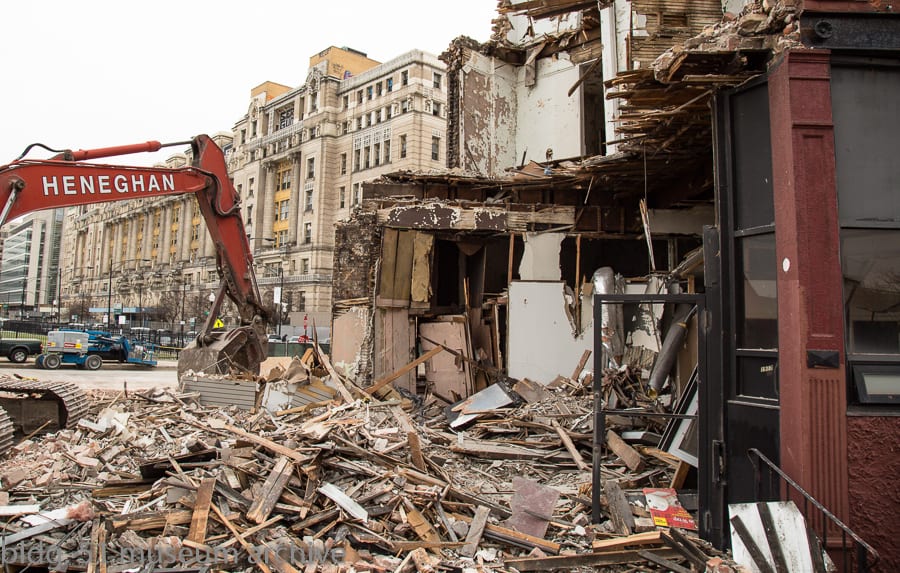
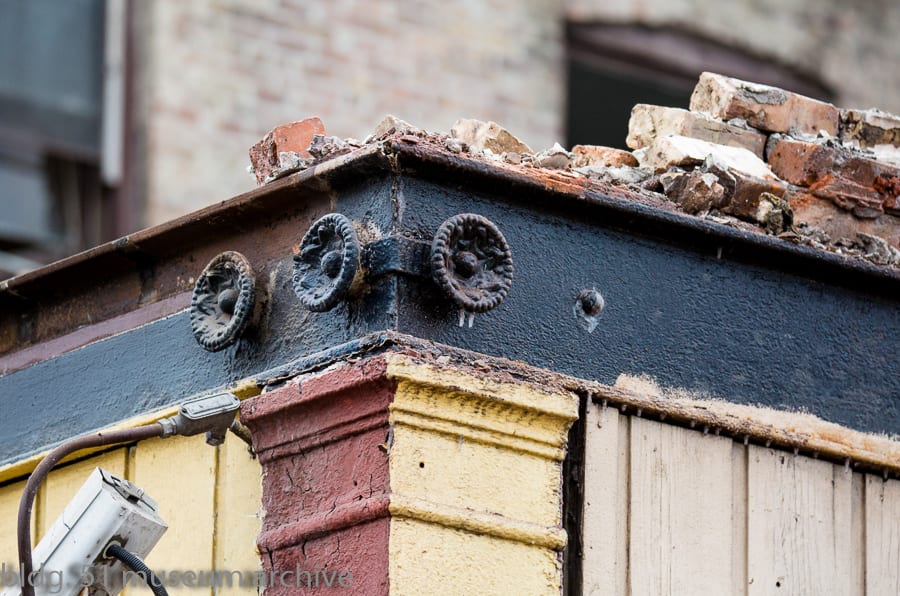
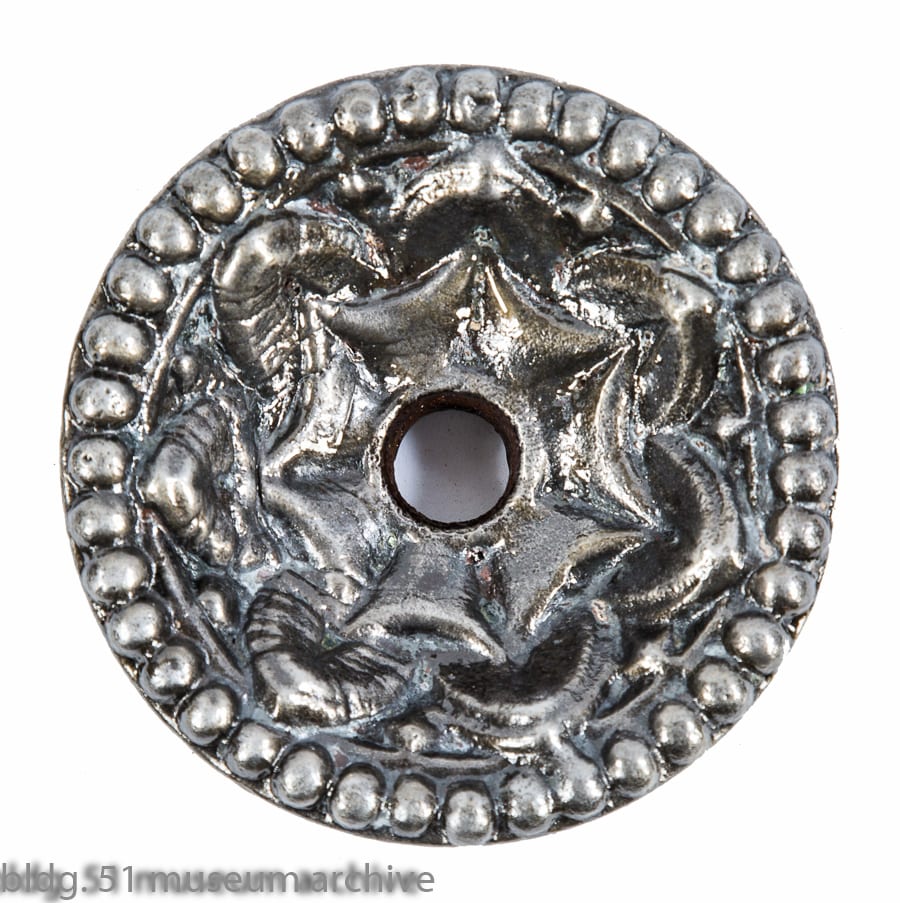
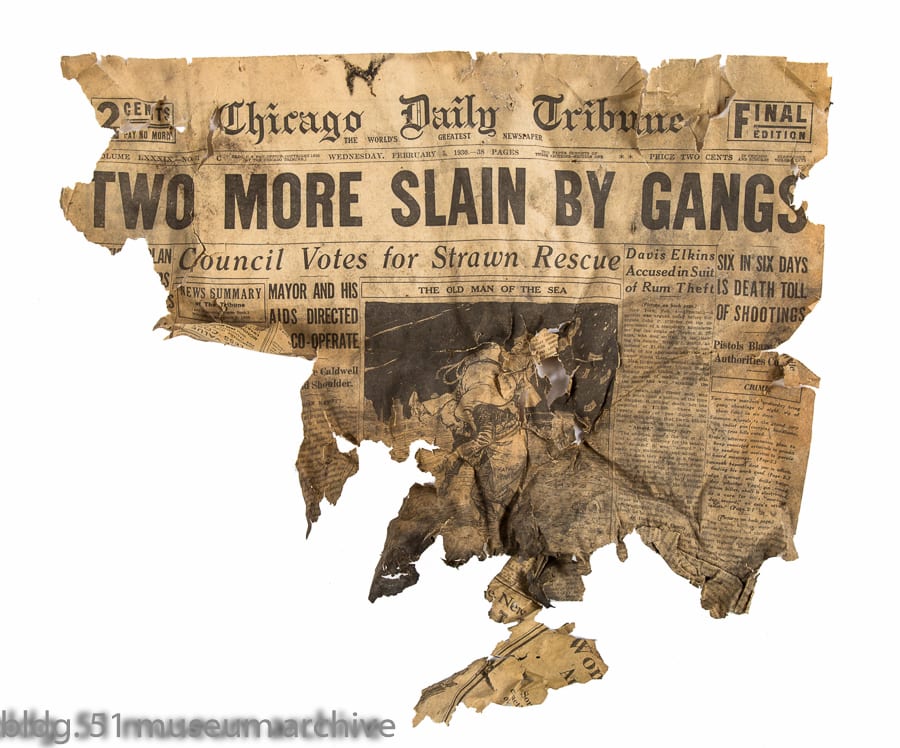
This entry was posted in , Miscellaneous, Salvages, Bldg. 51, Events & Announcements, Featured Posts & Bldg. 51 Feed on December 15 2017 by Eric
WORDLWIDE SHIPPING
If required, please contact an Urban Remains sales associate.
NEW PRODUCTS DAILY
Check back daily as we are constantly adding new products.
PREMIUM SUPPORT
We're here to help answer any question. Contact us anytime!
SALES & PROMOTIONS
Join our newsletter to get the latest information
























